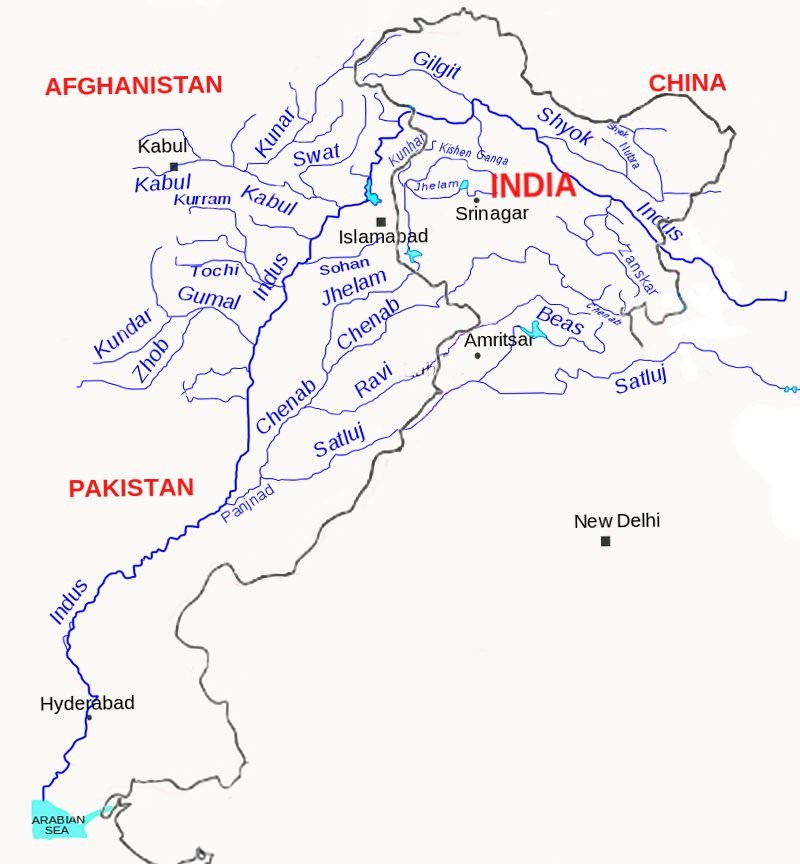





Disclaimer: Copyright infringement not intended.
Context
About Chandra River
Indus River System
|
PRACTICE QUESTION With reference to the Indus river system, of the following four rivers, three of them pour into one of them which join the Indus direct. Among the following, which one is such river that joins the Indus direct? A) Chenab B) Jhelum C) Ravi D) Satlej Answer: D |





© 2026 iasgyan. All right reserved